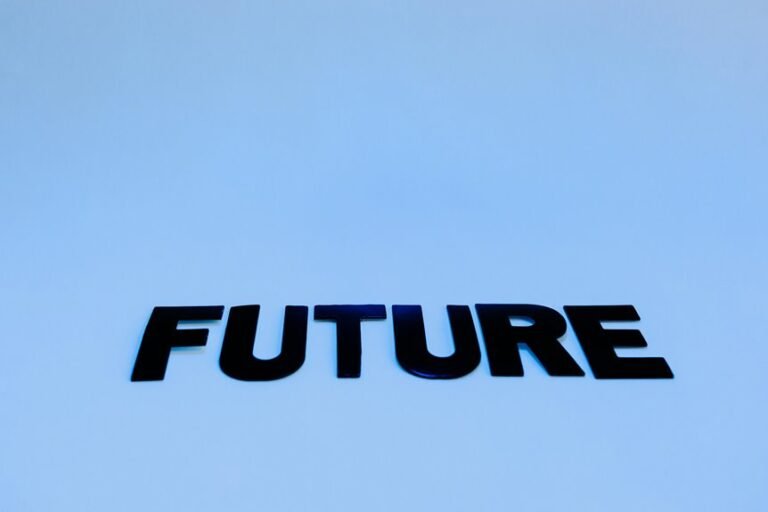Mutf_In: Nipp_Indi_Mult_1vaj2kr
Mutf_In: Nipp_Indi_Mult_1vaj2kr represents a significant shift in software development through its user-centric approach. By emphasizing continuous design iterations and data-driven insights, it addresses the dynamic needs of users effectively. This platform not only enhances user satisfaction but also incorporates collaborative coding practices and agile methodologies. As it integrates emerging technologies, the implications for the future of software development remain to be fully explored. What innovations lie ahead?
Key Features of Mutf_In
Mutf_In distinguishes itself through several key features that enhance its functionality and user experience.
The platform employs continuous design iterations informed by user feedback, ensuring that enhancements are relevant and user-focused.
By leveraging data-driven insights, Mutf_In adapts to evolving user needs, allowing for a more intuitive interaction.
This commitment to responsiveness manifests in tools that prioritize user autonomy and satisfaction, fostering a truly liberated experience.
User-Centric Design Principles
User-centric design principles form the backbone of Mutf_In's approach, ensuring that the platform remains aligned with user needs and preferences.
By prioritizing user feedback and conducting rigorous usability testing, Mutf_In systematically refines its features and interfaces.
This iterative process not only enhances user satisfaction but also fosters a sense of freedom and autonomy, empowering users to engage more effectively with the platform.
Potential Impacts on Software Development
As user-centric design principles gain prominence in software development, they are poised to significantly influence the way applications are created and refined.
Collaborative coding practices and agile methodologies will likely enhance team dynamics, fostering innovation and responsiveness to user feedback.
This shift may lead to more adaptive software solutions, ultimately improving user satisfaction and aligning development processes with evolving market demands.
Future Prospects and Innovations
While the landscape of software development continues to evolve, future prospects and innovations are increasingly shaped by the integration of artificial intelligence and machine learning.
Emerging technologies are poised to enhance efficiency and creativity, enabling developers to craft sustainable solutions.
As these advancements unfold, adaptability will be essential, fostering a culture of continuous improvement and empowering individuals to harness their potential in shaping a more innovative future.
Conclusion
In a world where software development often resembles a chaotic art gallery, Mutf_In: Nipp_Indi_Mult_1vaj2kr emerges as the curator, meticulously organizing user feedback into a masterpiece of innovation. However, one must wonder if this user-centric utopia is merely a façade, masking the potential for algorithmic overlords to dictate design. As artificial intelligence takes the stage, the line between user empowerment and technological puppetry blurs, leaving us to ponder: are we shaping the future, or is it shaping us?







